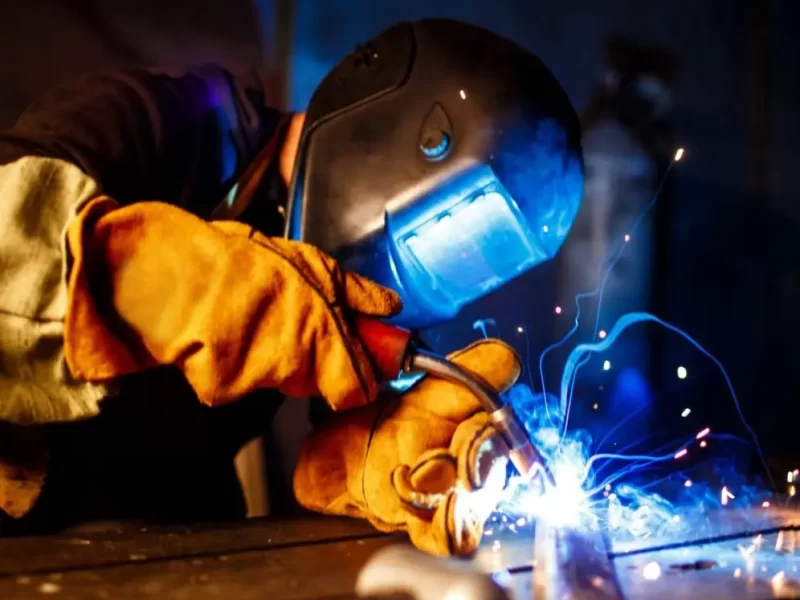Weld Inspection
Non-Destructive Testing (NDT) has a magnificent role to control the quality during manufacturing and operation phases by identifying defects without damaging the component.
With official authorization and certification from the National Standard Organization of Iran, National Iranian Gas Company, and National/International accreditations, Pouya Parto International Inspection Company delivers welding inspection services in a variety of industrial projects including power plants, bridges, dams, and residential/commercial structures—by experienced personnel and modern equipment.


• Welding inspection and Non-Destructive testing services:
• Visual Testing (VT) • Penetrant Testing (PT) • Magnetic Particle Testing (MT) • Ultrasonic Testing (UT) • Phased Array Ultrasonic Testing (PAUT) • Industrial Radiography Testing (RT) • Eddy Current Testing (ET)

• Preparation of Welding Procedure Specification (WPS) and Procedure Qualification Record (PQR)
Preparing all documents and procedures for various welding processes and reviewing destructive test results per standards

• Welder and welding operator qualification tests
o Conducting qualification exams for manual and machine welding operators in accordance with standards and issuing competency certificates

• Post Weld Heat Treatment (PWHT) and Portable Hardness Testing
• Performing heat treatment on pipelines, tanks, and industrial components, and conducting pre- and post-heat treatment hardness testing
Types of Weld Inspection Methods
Weld inspection is broadly categorized into two main types: Non-Destructive Testing (NDT) and Destructive Testing (DT)—each suited to identifying different types of flaws and inconsistencies in welds and metals.
Destructive Testing (DT)
Unlike NDT, these methods involve applying high stress to the material to determine its mechanical and chemical properties. They’re typically used to assess performance and reliability under real or simulated conditions:
- Tensile Testing
- Bend Testing
- Impact Testing
- Hardness Testing
- Chemical Testing
- Metallographic Examination
Non-Destructive Testing (NDT)
These techniques evaluate the quality, structure, and defects in materials without causing damage. These techniques are widely applied in construction, automotive, energy, and manufacturing industries to ensure safety and performance:
- Visual Testing (VT)
- Penetrant Testing (PT)
- Magnetic Particle Testing (MT)
- Ultrasonic Testing (UT)
- Radiographic Testing (RT)
- Phased Array Ultrasonic Testing (PAUT)
- Eddy Current Testing (ET)

Technical Inspection Stages at Pouya Parto
To achieve optimal quality in manufacturing industrial equipment and structures, welding inspection must be conducted throughout production in three main phases: pre-production, during production, and post-production. In addition, various elements must be inspected at each stage.

Pre-weld Inspection
Before production begins, key aspects are reviewed to prevent defects:
- Reviewing drawings and technical specifications
- Choosing appropriate production and welding methods
- Selecting and inspecting materials and consumables
- Setting up welding equipment
- Evaluating operators, testing tools, and inspection instruments

In-process Weld Inspection
This stage ensures proper execution and prevents potential defects:
- Inspecting prepared materials such as joint fit-up and surface prep
- Inspecting consumables
- Evaluating active operators and weld execution

Post-weld Inspection
After welding process is completed, the following issues are examined:
- Visual inspection for weld defects like lack of fusion, penetration, cracks, convexity or concavity
- Weld dimensional check and assessment of distortion
- Further NDT methods such as PT, MT, UT, RT, and PAUT
